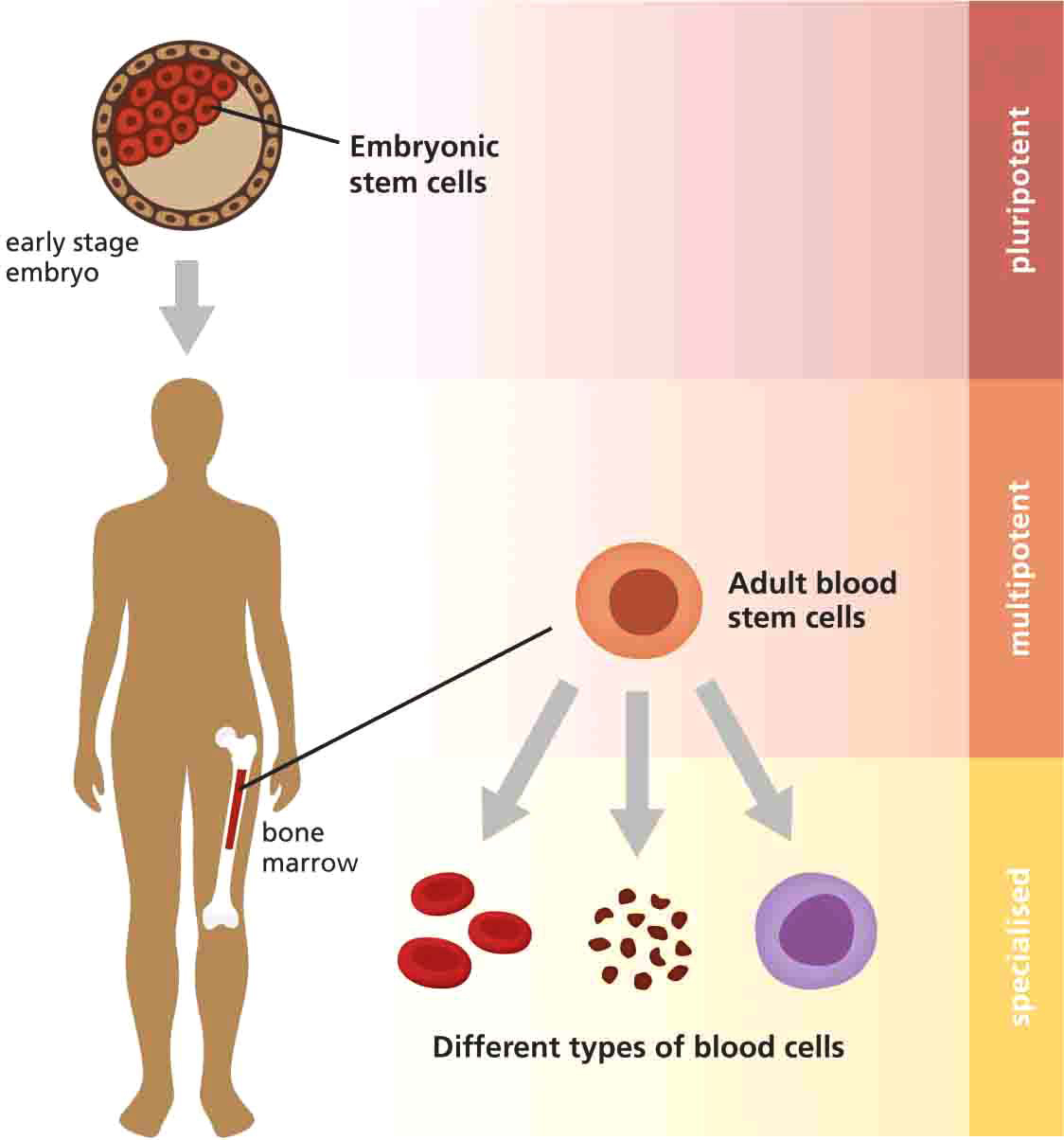Science & Technology
Human Immunodeficiency Virus (HIV)
- 18 Feb 2022
- 6 min read
For Prelims: Human Immunodeficiency Virus (HIV), Stem Cells and its types.
For Mains: Achievements of Indians in Science & Technology, Human Immunodeficiency Virus (HIV) and its prevalence.
Why in News?
Recently, a US patient with leukemia has become the first woman and the third person to date to be cured of HIV after receiving a stem cell transplant from a donor who was naturally resistant to the virus that causes Acquired ImmunoDeficiency Syndrome (AIDS).
- Leukemia is a blood cancer caused by a rise in the number of white blood cells in the body.
- AIDS is a set of symptoms or syndrome caused by HIV. But it is not necessary that a person infected with HIV will definitely develop AIDS.
What is Human Immunodeficiency Virus (HIV)?
- HIV attacks CD4, a type of White Blood Cell (T cells) in the body’s immune system.
- T cells are those cells that move around the body detecting anomalies and infections in cells.
- After entering the body, HIV multiplies itself and destroys CD4 cells, thus severely damaging the human immune system.
- Once this virus enters the body, it can never be removed.
- The CD4 count of a person infected with HIV reduces significantly. In a healthy body, CD4 count is between 500- 1600, but in an infected body, it can go as low as 200.
What is the Prevalence of HIV/AIDS in India?
- As per the India HIV Estimation 2019 report, the estimated adult (15 to 49 years) HIV prevalence trend has been declining in India since the epidemic’s peak in the year 2000 and has been stabilising in recent years.
- In 2019, HIV prevalence among adult males was estimated at 0.24% and among adult females at 0.20% of the population.
- There were 23.48 lakh Indians living with HIV in 2019. Maharashtra had the maximum numbers followed by Andhra Pradesh and Karnataka.
What are Stem Cells?
- Stem cells are special cells that can make copies of themselves and change into the many different kinds of cells that the body needs. They have two unique properties that enable them to do this:
- They can divide over and over again to produce new cells.
- As they divide, they can change into the other types of cell that make up the body.
- There are several kinds of stem cells and they are found in different parts of the body at different times.
- Cancer and cancer treatment can damage the hematopoietic stem cells. Hematopoietic stem cells are stem cells that turn into blood cells.
Why are Stem Cells useful?
- Research: It helps in understanding the basic biology of how living things work and what happens in different types of cell during disease.
- Therapy – In replacing lost or damaged cells that the bodies can’t replace naturally.
What are the Three Main Types of Stem Cell?
- Embryonic Stem Cells:
- They supply new cells for an embryo as it grows and develops into a baby.
- These stem cells are said to be pluripotent, which means they can change into any cell in the body.
- Adult Stem Cells:
- They supply new cells as an organism grows and to replace cells that get damaged.
- Adult stem cells are said to be multipotent, which means they can only change into some cells in the body, not any cell, for example:
- Blood (or 'haematopoietic') stem cells can only replace the various types of cells in the blood.
- Induced Pluripotent Stem Cells:
- ‘Induced’ means that they are made in the lab by taking normal adult cells, like skin or blood cells, and reprogramming them to become stem cells.
- Just like embryonic stem cells, they are pluripotent so they can develop into any cell type.
What is Stem Cells Transplant?
- A bone marrow transplant is a medical treatment that replaces one’s bone marrow with healthy cells. The replacement cells can either come from the person’s own body or from a donor.
- A bone marrow transplant is also called a stem cell transplant or, more specifically, a hematopoietic stem cell transplant.
- Transplantation can be used to treat certain types of cancer, such as leukemia, myeloma, and lymphoma, and other blood and immune system diseases that affect the bone marrow.





